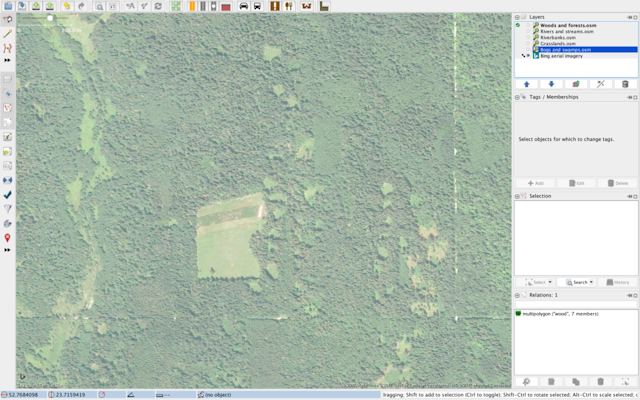Minecraft marketing: how Ogilvy & Greenpeace tapped gamer platforms to combat deforestation
Earlier this month, logging in the lowland Bialowieza Forest of Poland was halted following front-line efforts, media coverage, international pressure and educational campaigning. The latter included a project from Greenpeace and Ogilvy Poland that utilised the gaming cultures of Minecraft and Twitch in an innovative mix-up of cause-led marketing.
It wasn’t Greenpeace that came to Ogilvy to stop the deforestation of the Bialowieza, which began in an attempt to combat the presence of the spruce bark beetle. In this case, the agency came to client.
“We’re basically a bunch of people who sort of share similar values to them, and once we saw what was happening to that unique, precious forest, we knew we had to do something,” said Wojciech Kowalik, senior copywriter at Ogilvy. “We believe everyone should be helping in by doing what they do best - we’re communicators, this is where our expertise is. We contacted Greenpeace and it all went from there.
“I think it was the quickest and nicest approval process I have ever witnessed.”
Ogilvy’s strategy lay in the truth that young people have more political influence than they are given credit for, and educating them can create real change. The team decided to utilise Minecraft – a computer game that allows users to explore and build upon a 3D virtual landscape – to begin this process of education, building a scale custom map of the Bialowieza Forest in the cult digital world.

The finished product was the largest forest built in the game, as well as the largest Minecraft map that had been built in Poland. It had taken five months to organise the ‘construction’ team and build the map in painstaking detail.
“We had to prepare a digital drawing of all the features in the forest,” recalled Kowalik. “That meant using two open source satellite images and tracing each stream, river, grassland, wetland, bog, type of growth in separated layers with accuracy down to about 20 square metres. This part took six weeks of manual work at nights – really crazy stuff.”
Danish company Geoboxers then took over, converting the flat design into 3D and covering the landscape with trees. Again, the detail the coalition communicated was meticulous.

“In forests like this, there are several types of growth and they need to be organised according the nature’s logic – you can’t have oak-old-growth on the wetland because in reality those trees would be too heavy for the ground,” said Kowali. “So the manual drawing we … gave to Geoboxers had to have this taken into consideration."
The map provided a platform for Ogilvy and Greenpeace to launch 360 Facebook ads, a photography exhibition and a documentary film. Back online, teenagers played in the map during the school holidays, before the campaign climax saw one of Poland's most popular influencers, Gimper, live stream his experience of the digital forest on gaming site Twitch.
More than 10,000 people were watching live when he arrived at the scene and saw that every tree in the landscape had been digitally cut down. His task was to find the last tree standing in order for the map to be returned to the untouched, lush forest of before.
It wasn’t the first time a campaign utilised Minecraft; Ogilvy was inspired Wieden+Kennedy Portland’s work for Verizon, which saw the network dive into the game and offer players a virtual, working mobile phone. But it is arguably the first time a brand has used the game to effect substantial change.
“It can’t be said that our campaign ended the logging, or made the [Polish] minister of environment resign, because the issue was much more complex than this,” said Kowalik. “[But] our campaign definitely made an impact, helped shake things up and also got lots of petition signatures to actually increase the size of the Bialowieza National Park signed too.”
He remembers, for instance, a note the team received from a young girl whose experience of the Minecraft forest opened her eyes to the fact that politicians are not always omniscient when it comes to public matters.
“She was able to discuss the issue instead of just absorbing the propaganda,” he recalled. “Things like that have power, and if you combine it with the usual NGO methods you can really make a difference.”
Kowalik believes that the “real result” of the campaign will only materialise in the next five years, when the teenagers that played the game will gain the vote and participate in public life. Until then, he’s proud that ‘To the last tree standing’ created a “neutral ground” for teens “where they could share their views, educate and entertain themselves without pigeonholing one another, without fighting”.
“This is how it should work,” he said.

